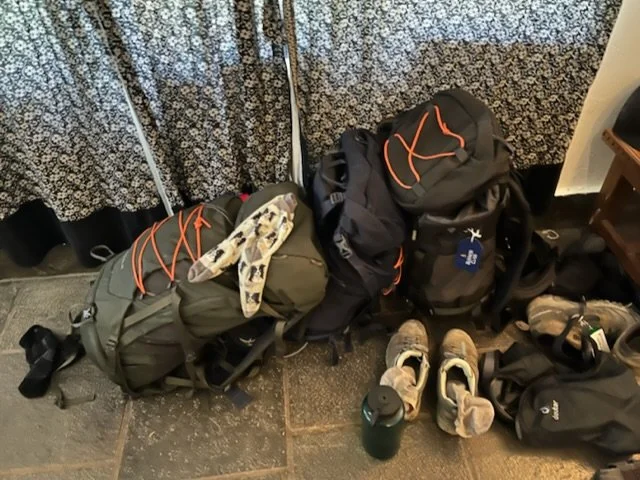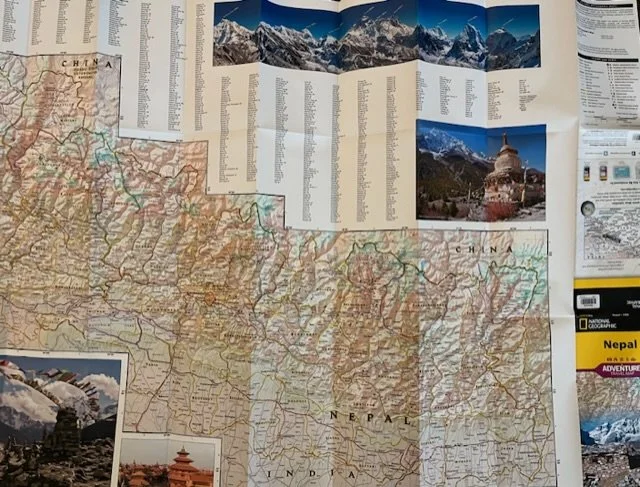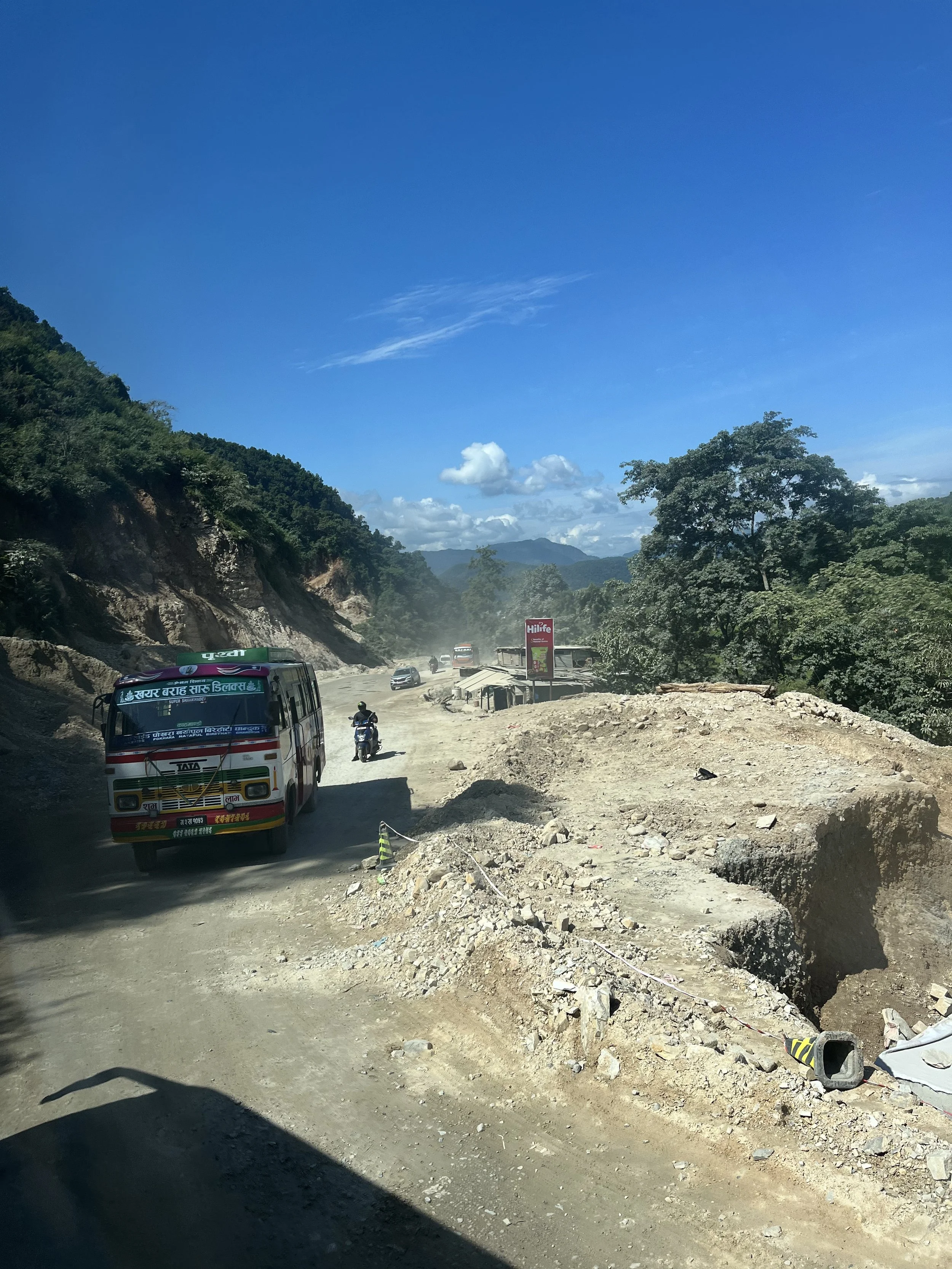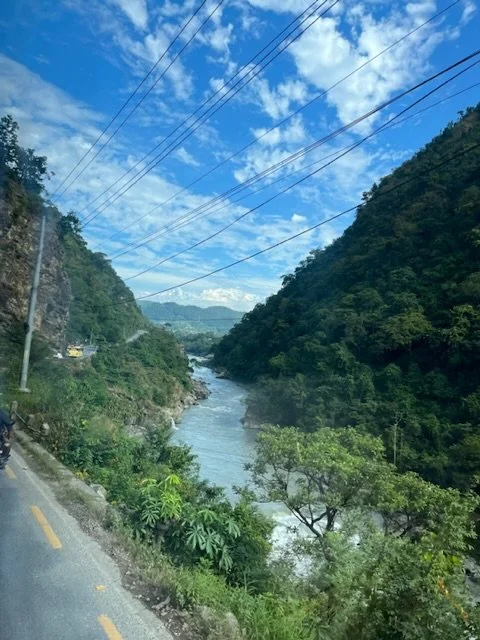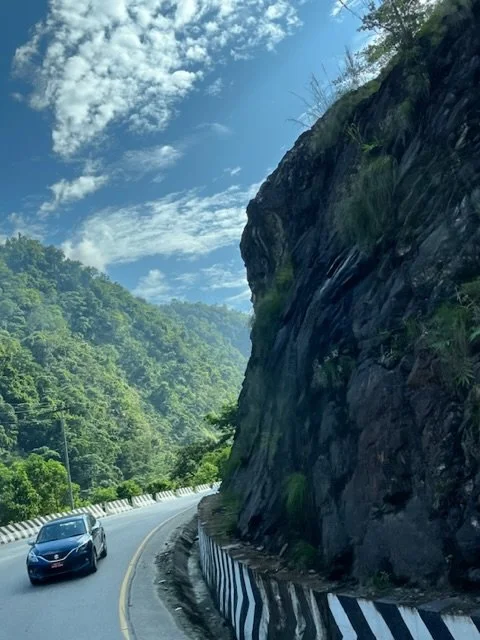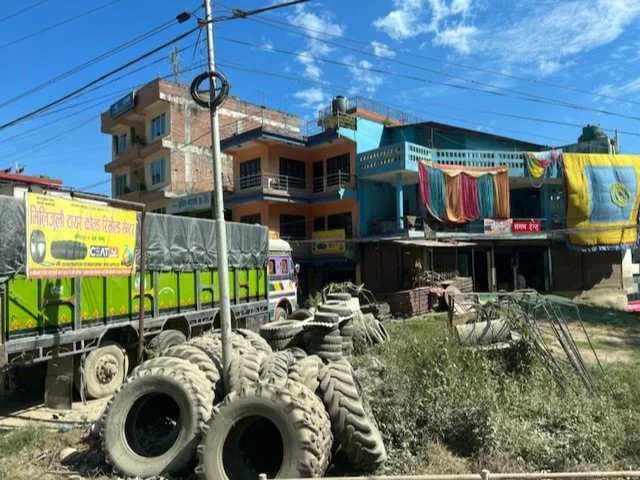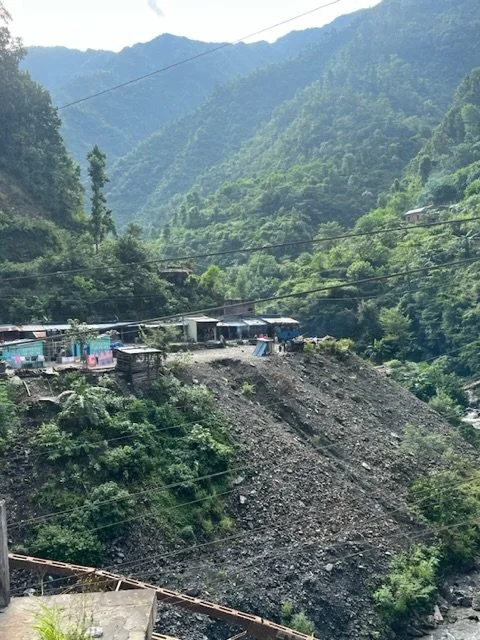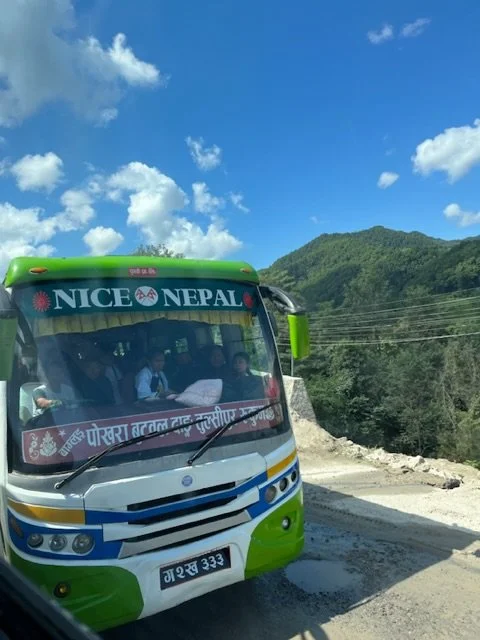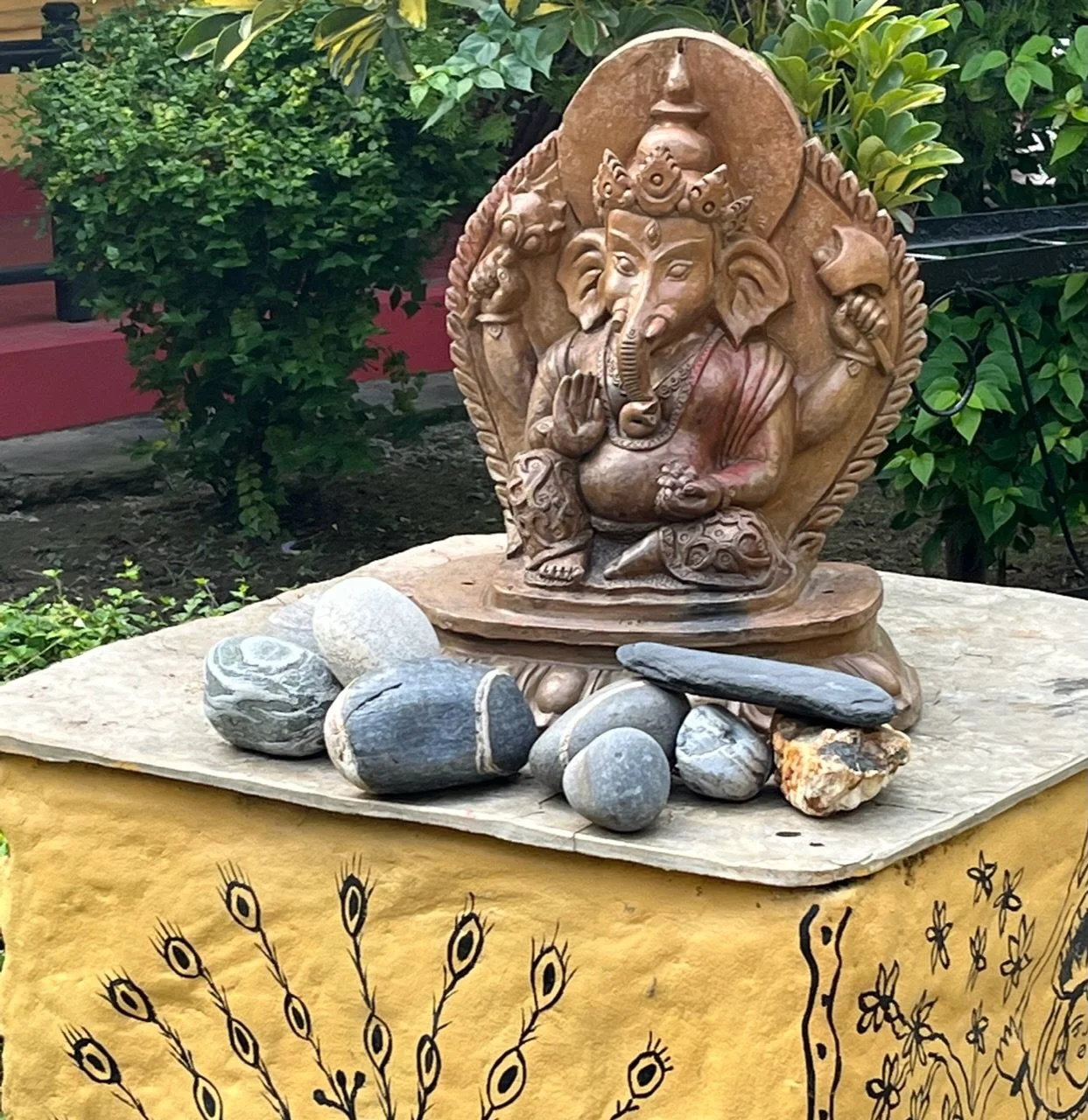Flexibility
One of the keys to travel is flexibility. While it’s good to start with a plan, it’s important to be prepared to switch gears on a dime. This is Especially true when visiting a developing country. There are unexpected bumps in the road all the time. An itinerary is one thing on paper, quite another in real life.
Our plan was to visit Kathmandu for a few days, then catch a bus to Syrabubesi, a village at the start of a trek in the Langtang Valley. The day before departure, celebrations began in the city. Music and gatherings. Incense. Brightly colored dresses. Prayers and Tika. We didn’t give it much thought. There are lots of festivals in Nepal. It was fun to watch it unfold.
The celebrations took on new meaning when we learned that we would not be likely to get a bus ticket out of town for at least 3-4 days. Ticket offices closed their doors and stopped answering the phones. Sold out. Suitcases and boxes were piling to the curbs. Crowds were milling. Buses were filling. Goats lifted to ride on top racks with the baggage. This is Dashain festival. Families gather. Locals are leaving the city en masse for outlying towns and villages.
We had a dilemma.
A brief moment of panic. Hunkering down in Kathmandu was not on our agenda…
We sat at a coffee house to eat lunch and mull over our options.
Plan A. Instead of the bus we could hire a driver to Syrabubesi, the start of the trek. Not cheap, but maybe still a reasonable option.
Quick weather check and we are again stopped in our tracks. Rain, lots of rain is coming. October is typically dry and clear. But Weather is still coming. Trekking in the rain is one thing. Not ideal but still doable. Mudslides and impassible roads are quite another.
Scrap plan A
Plan B. Upend the itinerary. Hold off on the mountains and head southeast to the lowlands. Trek later. Still the problem of no busses…
Plan C. Hire a driver to Sauraha, the gateway to Chitwan National Park. It cost a bit (way more than bus fare, but worth it to get out of the city and deeper into the country.)
We decide to go with plan C.
We set out from the city at seven am. 6 hours of a hold-your-breath car ride out of the Kathmandu valley—winding our way on crumbling roads, through the hills, weaving around loaded buses and ornately decorated Road King big trucks.
In Nepal, both lanes are fair game if it’s clear. If not, the game is chicken.
Our driver was good. Fortunately he spoke little English so it was easy to resist the temptation to distract him with conversation.
It was a bit unnerving every time he picked up his ringing phone, answering with a chirpy “Hello,” then proceeding to casually chat away in Nepali as though he was sitting on his front porch not careening down a crazy road….
We barreled along through the countryside and small villages, across rivers and washed out mountainsides as he punched the horn, confidently passing on blind curves, navigating stones in the road and zipping by motorbikes in this massive exodus from Kathmandu.
With relief and a queasy stomach we wobbled out of the car, gratefully onto the grounds of Sapana Village Resort in Sauhara.
